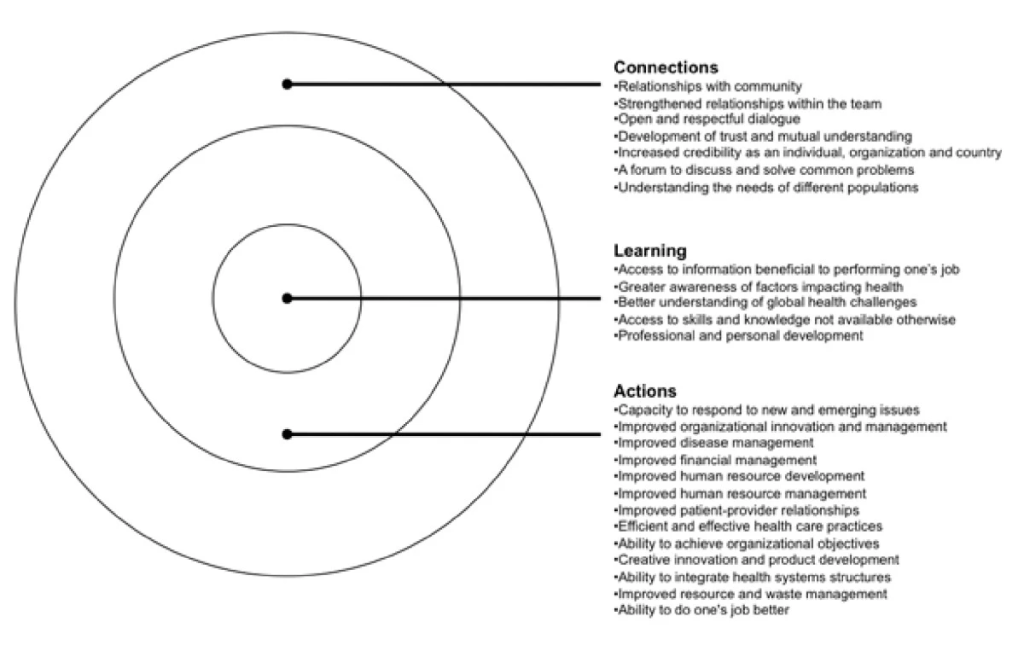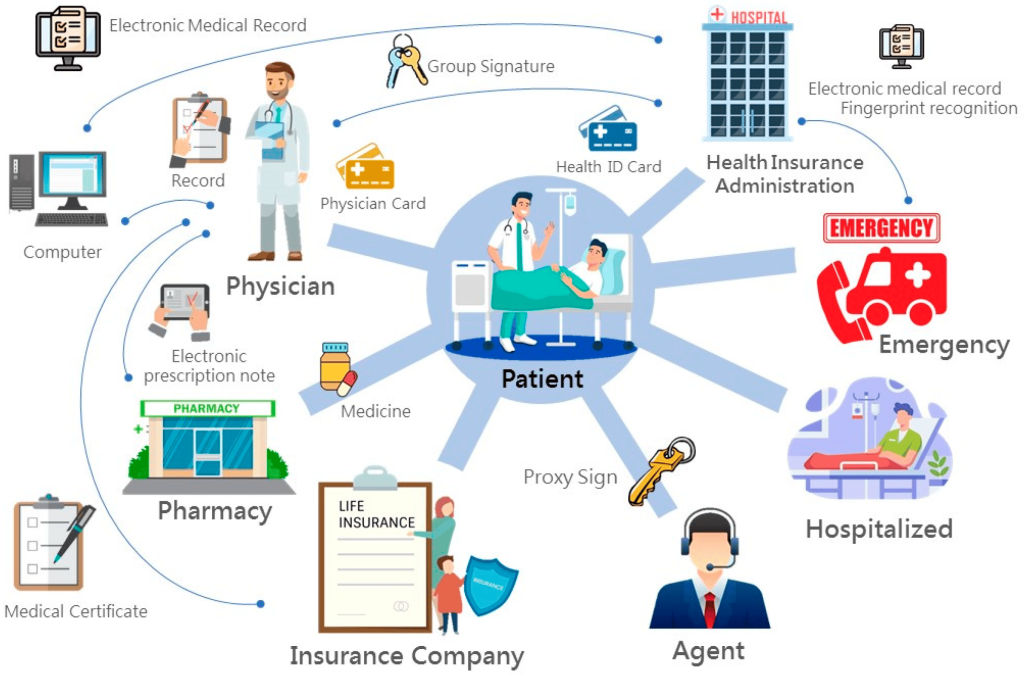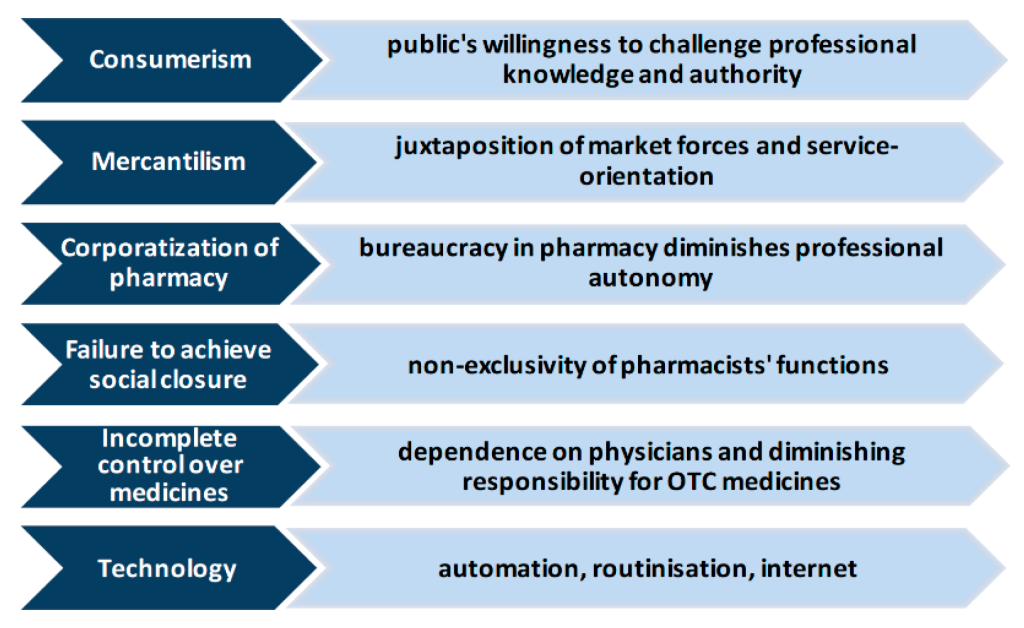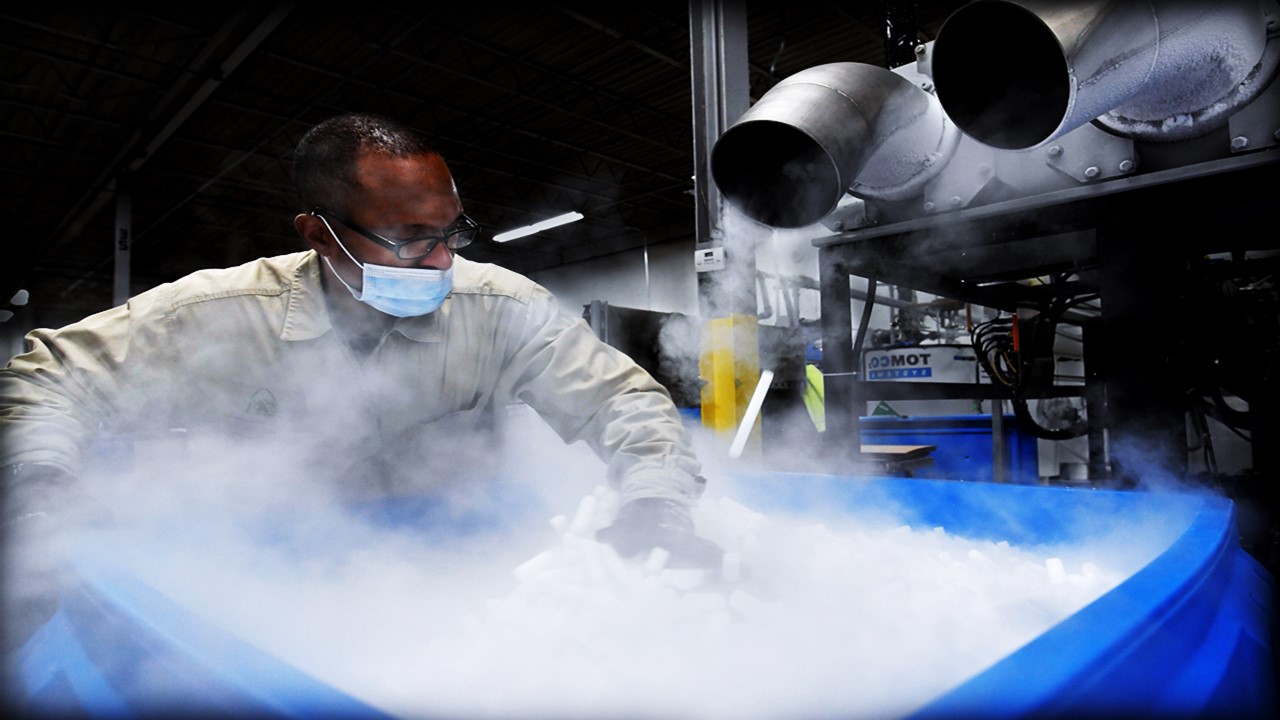Resilience, as a multidisciplinary concept, embodies the ability of systems, communities, or individuals to not only withstand shocks but also adapt by enhancing their readiness to mitigate the impact of future crises and vulnerabilities. In the realm of healthcare, particularly within the pharmaceutical supply chain, resilience is of paramount importance. This article delves into the intricate web of factors that influence the resilience of pharmaceutical supply chains, while also exploring the various strategies and approaches aimed at bolstering their resilience. The intersection of health policy, infrastructure, international relations, pricing processes, insurance organizations, information systems, mechanization, supplier roles, and the role of the medical community and consumers will be elucidated. The comprehensive approach presented in this article is credited to the work by Bastani, et al. published in the Journal of Pharmaceutical Policy and Practice. The strategies presented are readily doable in most countries with a similar geopolitical landscape as Iran but are also applicable to other developing countries striving to improve their healthcare system and pharmaceutical logistics concerns.
Health Policy and Management
Revisions in Health Management
The resilience of pharmaceutical supply chains begins with a robust framework of health policy and management. Essential measures involve banning the importation of drugs that can be domestically produced, eliminating the pharmaceutical mafia within the Ministry of Health, and considering health economics. To improve the system’s efficiency, planning for funding and transportation of funds is vital. Moreover, attention should be directed towards reducing the authorization to establish pharmacies and clinics to prevent induced demand.
Increasing and Strengthening Oversight
Effective oversight is critical for pharmaceutical supply chain resilience. Incorporating information and monitoring systems into the healthcare structure can lead to more efficient control instruments for pharmacies and clinics. Streamlining control instruments in medical universities and rapidly detecting corruption can help combat vulnerabilities. An approach centered on prevention rather than punishment is crucial.
Provision of Clinical Guidelines
Clinical guidelines, often overlooked, are indispensable tools in optimizing pharmaceutical supply chain resilience. Customizing these guidelines according to local needs and considering them as a lost link in the chain can significantly improve the system’s ability to adapt and thrive.
Delegation and Privatization
Delegating responsibilities to medical universities and strengthening the authority of the private sector and pharmacists can decentralize the system and enhance its resilience. Outsourcing hospital pharmacies and privatizing services further contribute to fortifying the pharmaceutical supply chain.
Centralized and Strategic Purchasing
Centralized and strategic purchasing plays a pivotal role in maintaining pharmaceutical supply chain resilience. By utilizing centralized and pooled procurement, substantial cost savings can be realized. Information transparency is essential for pooled and centralized purchasing, with a separation of purchasers and observers. Private or semi-public holdings, along with separate payment mechanisms, provide additional layers of resilience.
Proper Implementation of the GP Plan and Referral System
The effectiveness of the GP (General Practitioner) plan and the referral system is crucial for pharmaceutical supply chain resilience. A well-established government for patient health management, combined with the correction of the primary care physician and referral system, can streamline patient care. Prevention of patient confusion in choosing doctors and medications, as well as establishing a systematic relationship between the referral system and the food and drug authority, further enhances the system’s capacity to adapt and evolve.
Utilization of Potentials and Infrastructure
Strengthening of Inter-Sectoral Cooperation
In order to augment pharmaceutical supply chain resilience, inter-sectoral cooperation is indispensable. National tenders for the production of medical devices, collaboration with the military, electronics industry, and universities, and contracting with universities to manufacture pharmaceuticals based on their capabilities, are pivotal steps.
More Attention to Mass Media
The media plays a significant role in enhancing the resilience of pharmaceutical supply chains, particularly under sanctions. By improving public relations in medical universities, creating a free space for information flow, and ensuring accurate news reporting, the media can contribute to increased public confidence and accountability among politicians.
Relying on National and Religious Power and Authority
Rallying national and religious fervor, fostering sympathy and empathy in society, and harnessing social and human capital can fortify the pharmaceutical supply chain’s resilience. Improving people’s self-assessment further contributes to this cause.
Relations with Other Countries

Interactions with Neighboring Countries
Collaboration with neighboring countries is a strategic move to enhance pharmaceutical supply chain resilience. Planning to leverage the capabilities of neighboring nations and intensifying cooperation within Islamic and/or non-Islamic countries can bolster resilience. The formation of joint funds between neighboring countries for pharmaceuticals is a promising step forward.
Management and Development of Health Tourism
Efficiently managing health tourism and reducing the influence of brokers in the field is vital. Simplifying visa-related challenges for health tourists, ensuring the availability of needed medicines and medical devices, and facilitating the sale of equipment at its real price are significant measures to fortify the pharmaceutical supply chain.
Pricing Processes
Increasing Expenditure on Domestic Medicine
Boosting the price of medicines and medical equipment alongside currency fluctuations is essential. Addressing price instability and maintaining the plan of branded generics can ensure the availability of domestic products and bolster the resilience of the pharmaceutical supply chain.
Rationalization of the Prices of Medicines
Rational pricing of medicines can mitigate import dependence and counterfeiting. By factoring in transportation costs and aligning pharmaceutical prices with major international currencies, the system can become more resilient.
Management of Insurance Organizations

Strengthening the Insurance System
Pharmaceutical subsidies to insurance organizations and expanded insurance coverage can help manage the increase in pharmaceutical prices. Complementary insurance for individuals in higher percentiles and mandatory insurance for all are additional factors contributing to resilience.
Removal of Unnecessary Medications from the List of Insurance Benefits
Stripping luxury and cosmetic drugs from basic coverage, expanding coverage for generic and low-cost brands, and eliminating brands with generic alternatives are pivotal steps. Regularly revising the basic benefits package is a strategy to maintain pharmaceutical supply chain resilience.
Transforming Insurance into an Industry
Research by insurance organizations to reduce drug costs, cost-effectiveness research on pharmaceuticals, and control over the consumption and pricing of medicines by insurance companies all contribute to resilience.
Integrated Health Information System

Electronic Health Record
An integrated health information system, incorporating electronic health records, is essential to reduce the financial burden and improve healthcare services. This system should define services and drugs, with facilities for the introduction of smart health cards.
Electronic Prescription
Electronic prescription systems can reduce the treatment burden, enhance healthcare services in rural areas, control prescribing, and select the best drugs based on cost and symptoms of a disease, thus contributing to pharmaceutical supply chain resilience.
Mechanization of the Distribution System

Medication Tracking
Medication tracking, facilitated through an online relationship between the Ministry of Health and distributors, plays a crucial role in ensuring the efficient distribution of pharmaceuticals. A mechanized system for prescribing and channelized distribution further enhances resilience.
Control and Monitoring of Pharmacies and Distributors
Preventing hoarding of medicines, over-the-counter sales in pharmacies, reducing the number of brokers in the distribution system, and careful planning for daily exclusion of medicines from distribution companies are essential steps.
Role of Suppliers and Manufacturers

Provision of High-Quality Medicines
The quality of domestic drugs and medical devices is pivotal for pharmaceutical supply chain resilience. Conducting in vivo and in vitro evaluations, as well as improving the warranty of domestic products, enhances their quality and contributes to resilience.
Increasing Production and Exports
Boosting domestic production and expanding exports, especially of high-tech drugs and generics, is essential. Financing the initial substance for drug export and large-scale drug production contributes to the resilience of the pharmaceutical supply chain.
Role of the Medical Community and Consumers

Informing the Medical Community
Increasing the medical community’s knowledge about domestic products, costs, and combinations of medicines, as well as strengthening the relationship between pharmacies and physicians, enhances resilience. Physicians should have access to software containing drug lists, costs, and indications for prescribing. Developing a culture of rational medication use and prohibiting self-medication are crucial steps.
Use of Alternative Medicines and Methods
Encouraging the use of simple and effective pharmaceutical protocols, justifying alternative medicines, and emphasizing treatment priorities contribute to resilience. Prescribers should focus less on international brands and maintain a positive attitude towards domestic drugs.
Role of Providers Regarding Lack of Brand Loyalty
Reducing branding and limiting vested interests in recommending specific manufacturers’ products are essential to resilience. Ethical conduct among providers and prescribers is crucial.
Consumer-Patient Collaboration
Collaboration between consumers and healthcare providers is pivotal. Rational prescribing of medications, improving patients’ culture and knowledge about medication use, and encouraging patients to use domestic medicines all enhance resilience in pharmaceutical supply chains.
Conclusion
The resilience of pharmaceutical supply chains is a multifaceted challenge, with interconnected elements spanning health policy and management, infrastructure, international relations, pricing processes, insurance organizations, information systems, mechanization, supplier roles, and the role of the medical community and consumers. By addressing these elements comprehensively, nations can bolster the resilience of their pharmaceutical supply chains and better prepare for external shocks and vulnerabilities, ensuring that patients have access to vital medicines and medical devices, even in the face of adversity. In doing so, healthcare systems can adapt, evolve, and thrive, ultimately improving the well-being of their populations.
Study DOI: 10.1186/s40545-021-00341-8
Engr. Dex Marco Tiu Guibelondo, B.Sc. Pharm, R.Ph., B.Sc. CpE
Subscribe
to get our
LATEST NEWS
Related Posts

Manufacturing & Logistics
Streamlining Pharmaceutical Synthesis: The Science of Process Intensification in High-Yield API Production
As the industry embraces QbD, PAT, and Pharma 4.0, process intensification will redefine the future of pharmaceutical manufacturing.

Manufacturing & Logistics
Modern Supply Chain Dynamics: Integrating Real-Time Logistics with Blockchain Technology
The convergence of real-time logistics systems and blockchain technology is still in its nascent stages, but the trajectory is promising.
Read More Articles
Myosin’s Molecular Toggle: How Dimerization of the Globular Tail Domain Controls the Motor Function of Myo5a
Myo5a exists in either an inhibited, triangulated rest or an extended, motile activation, each conformation dictated by the interplay between the GTD and its surroundings.
















